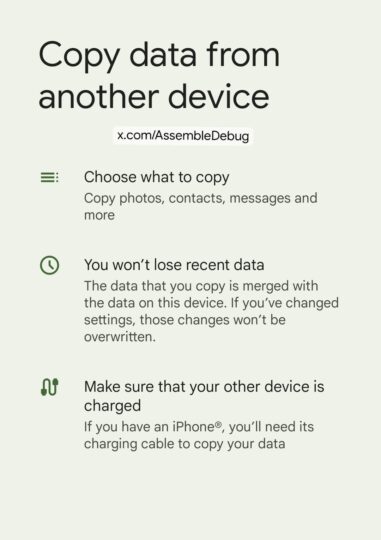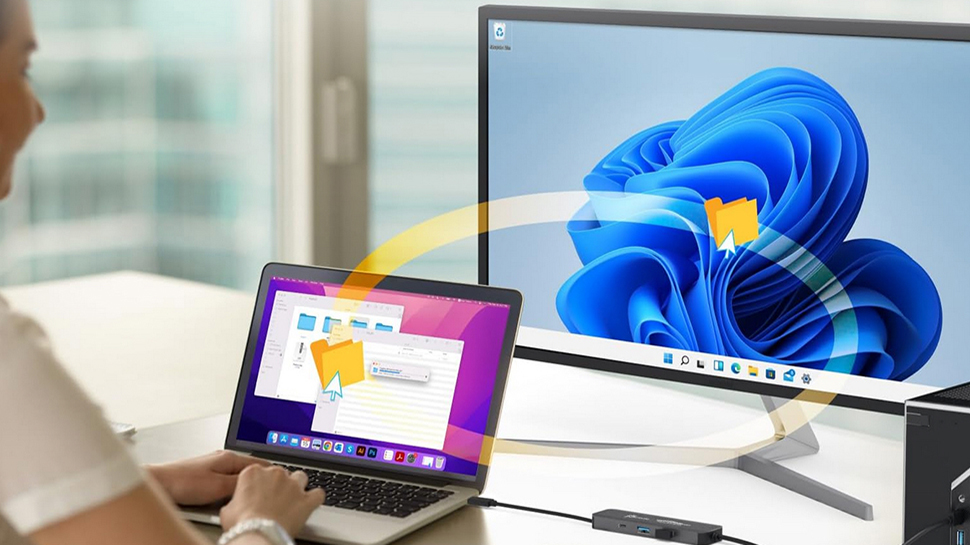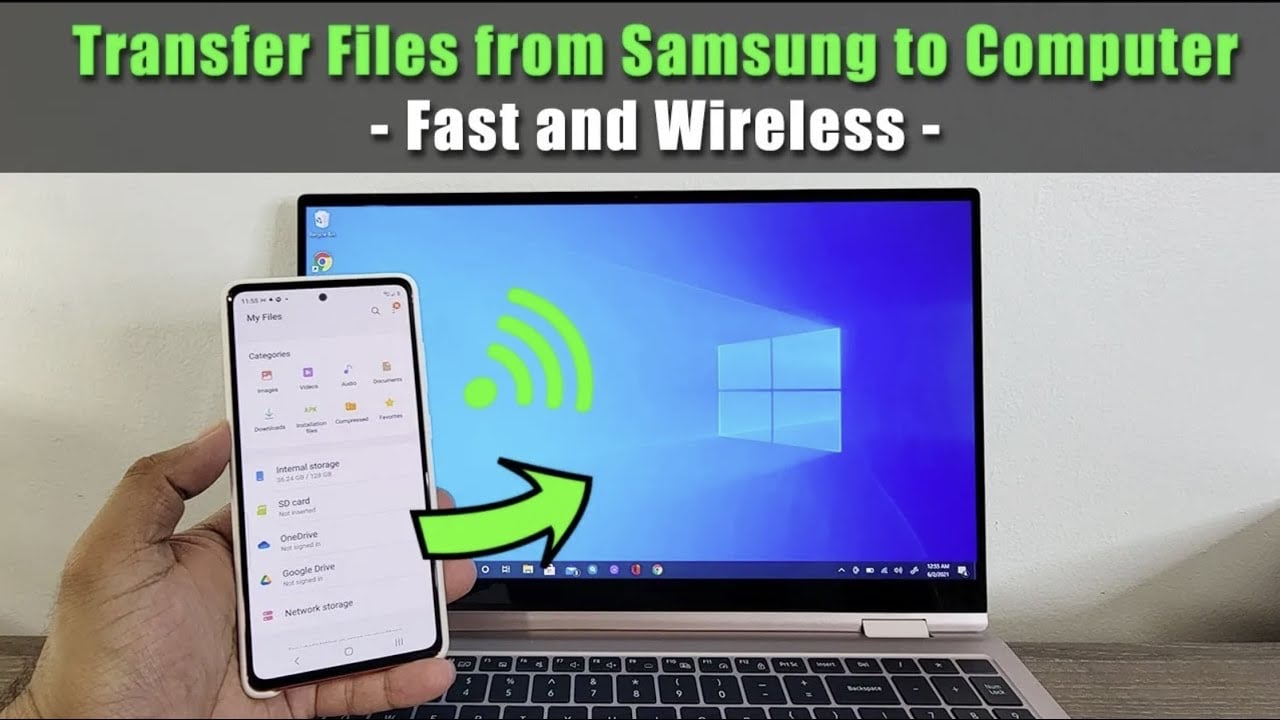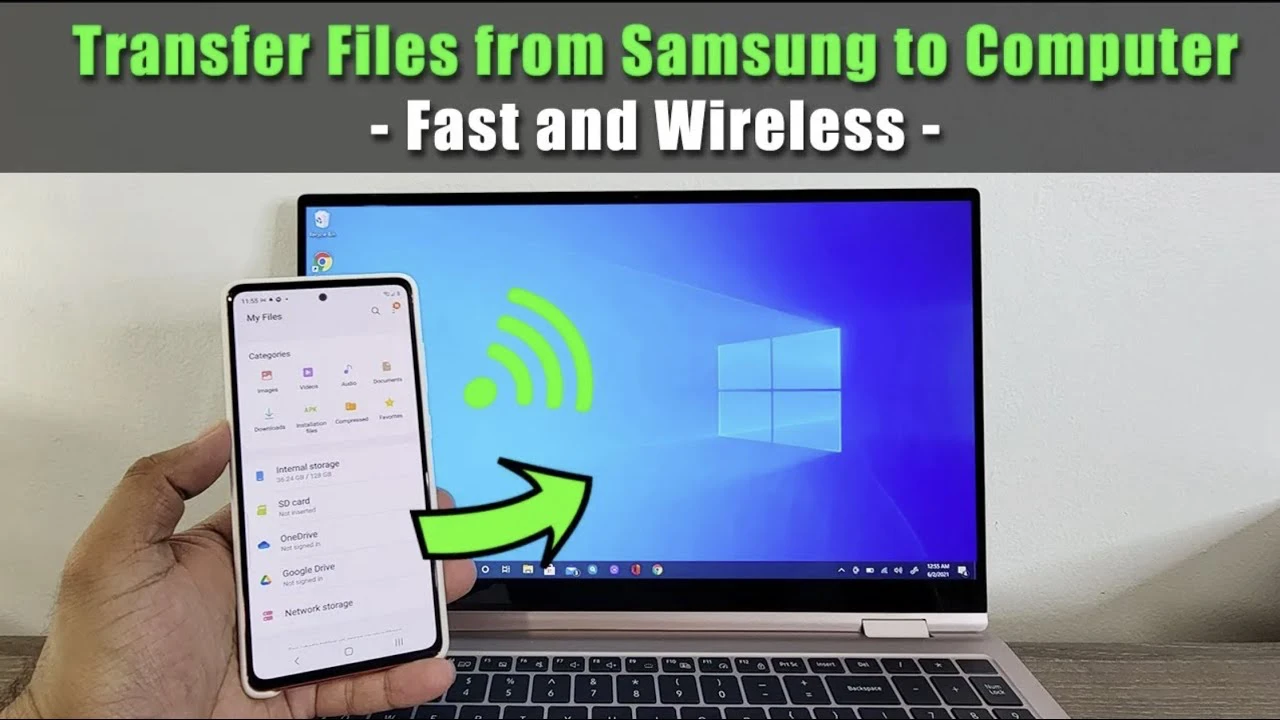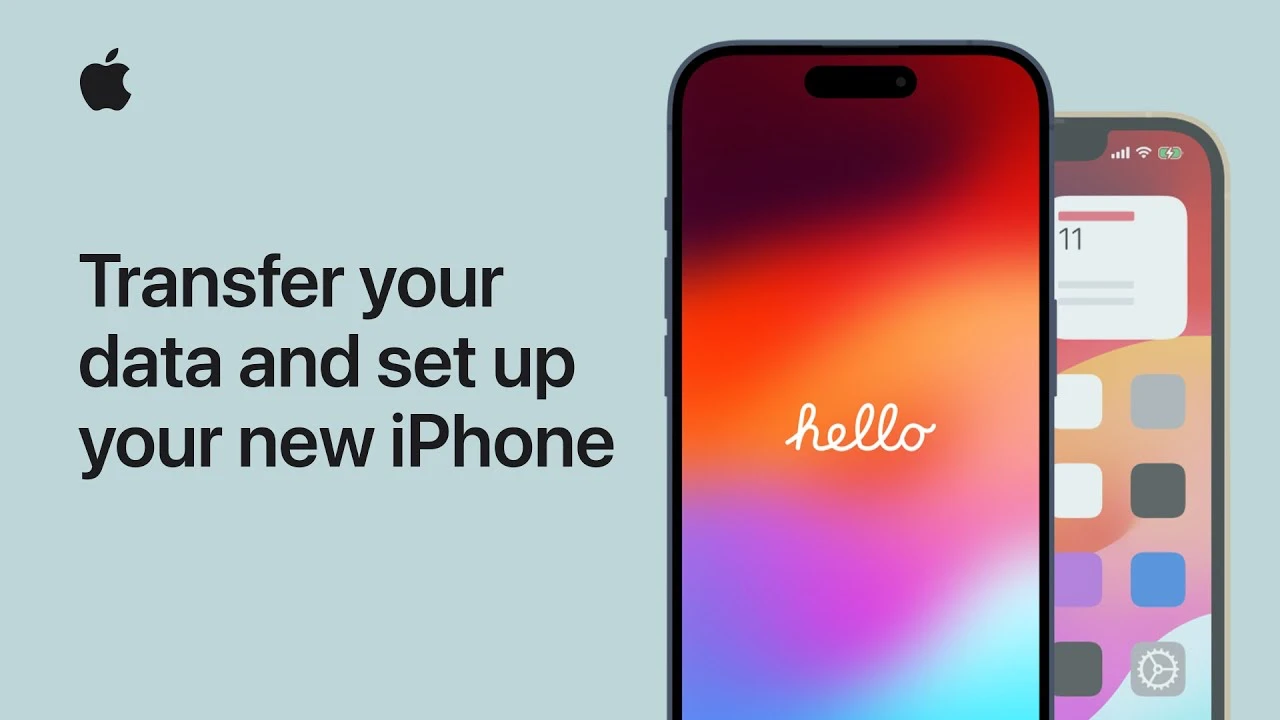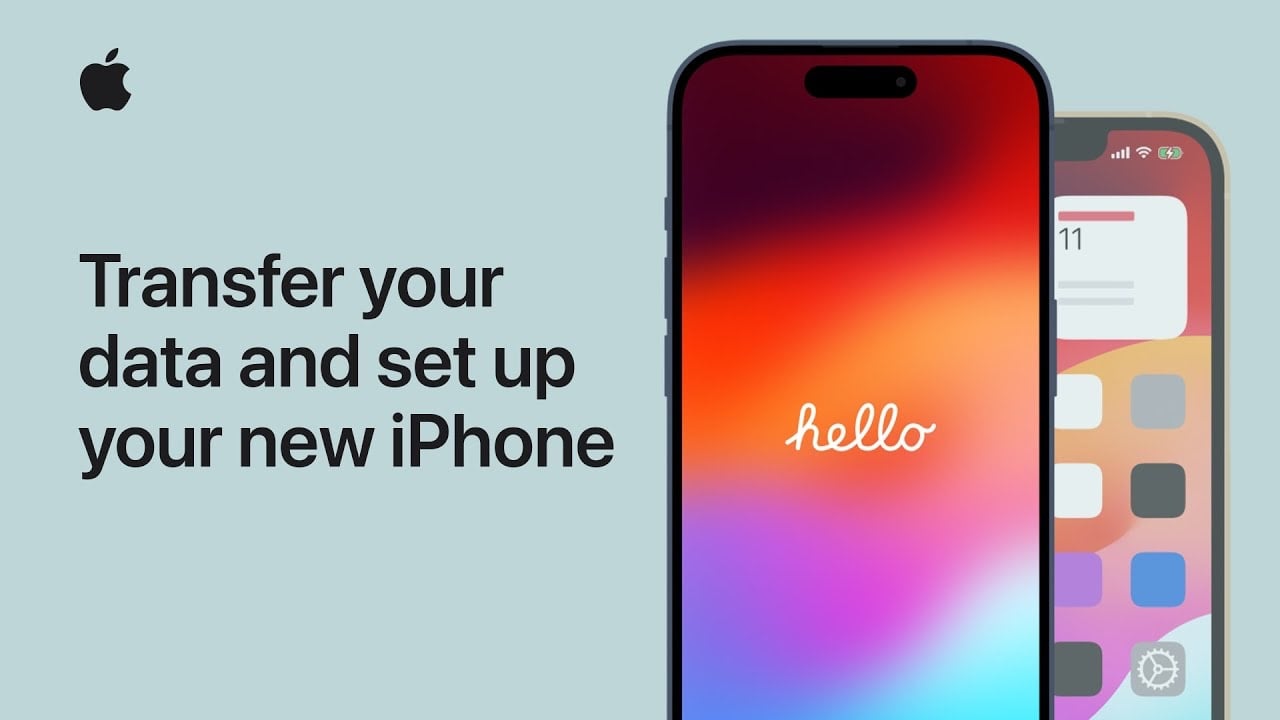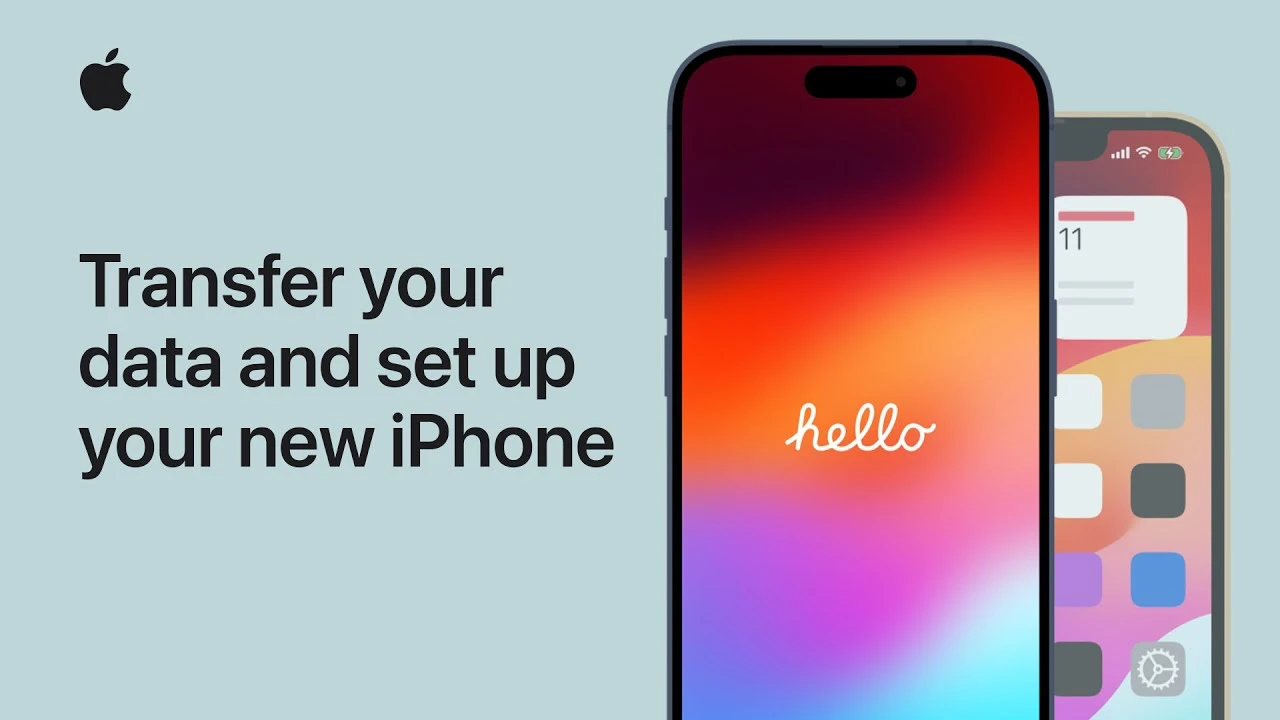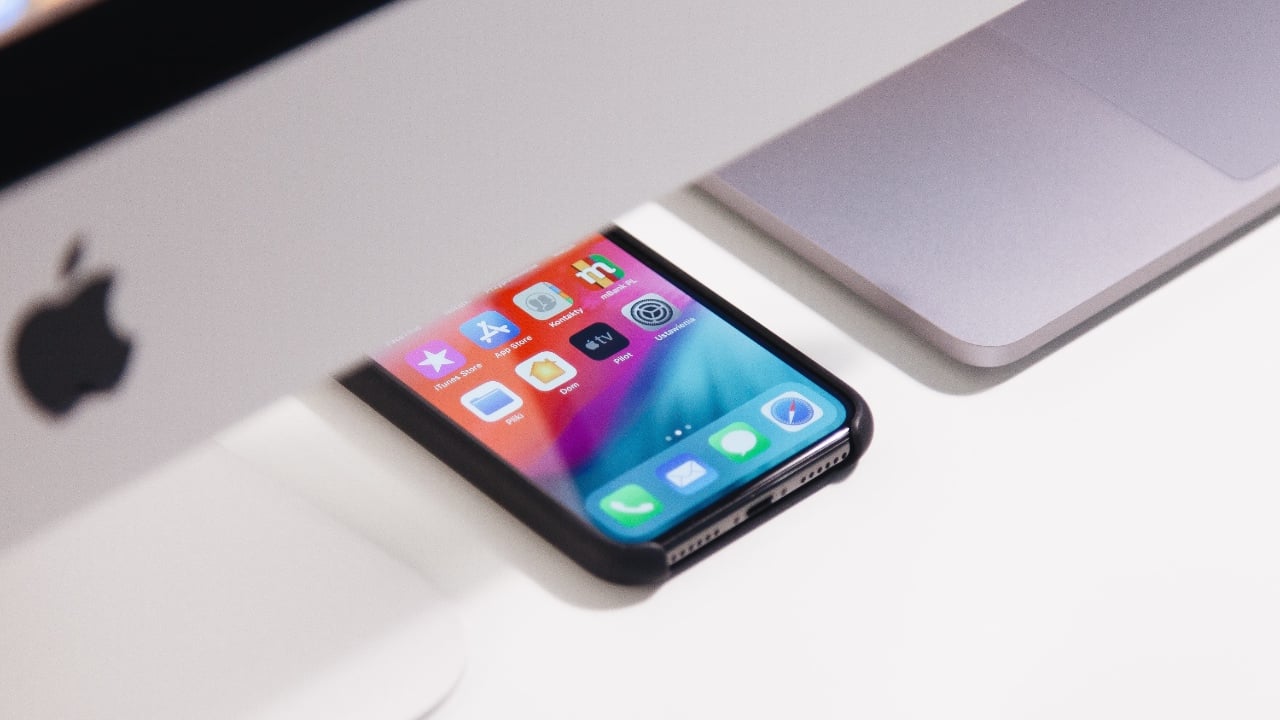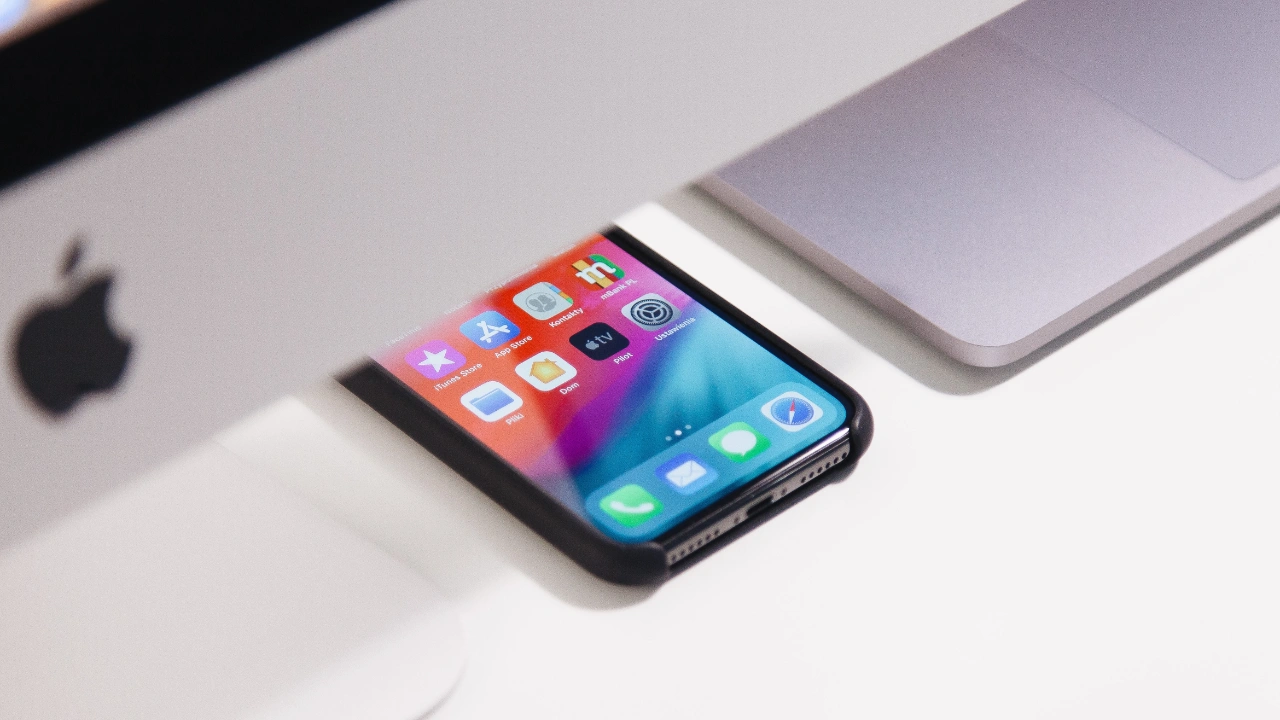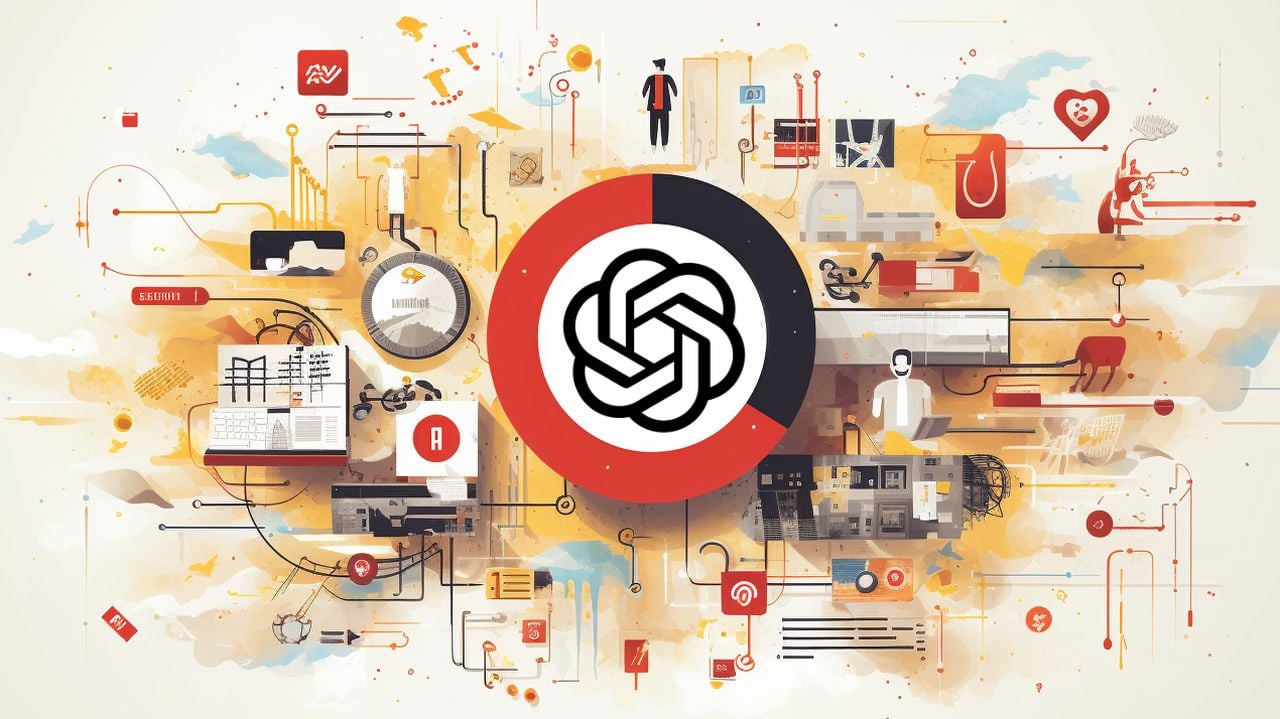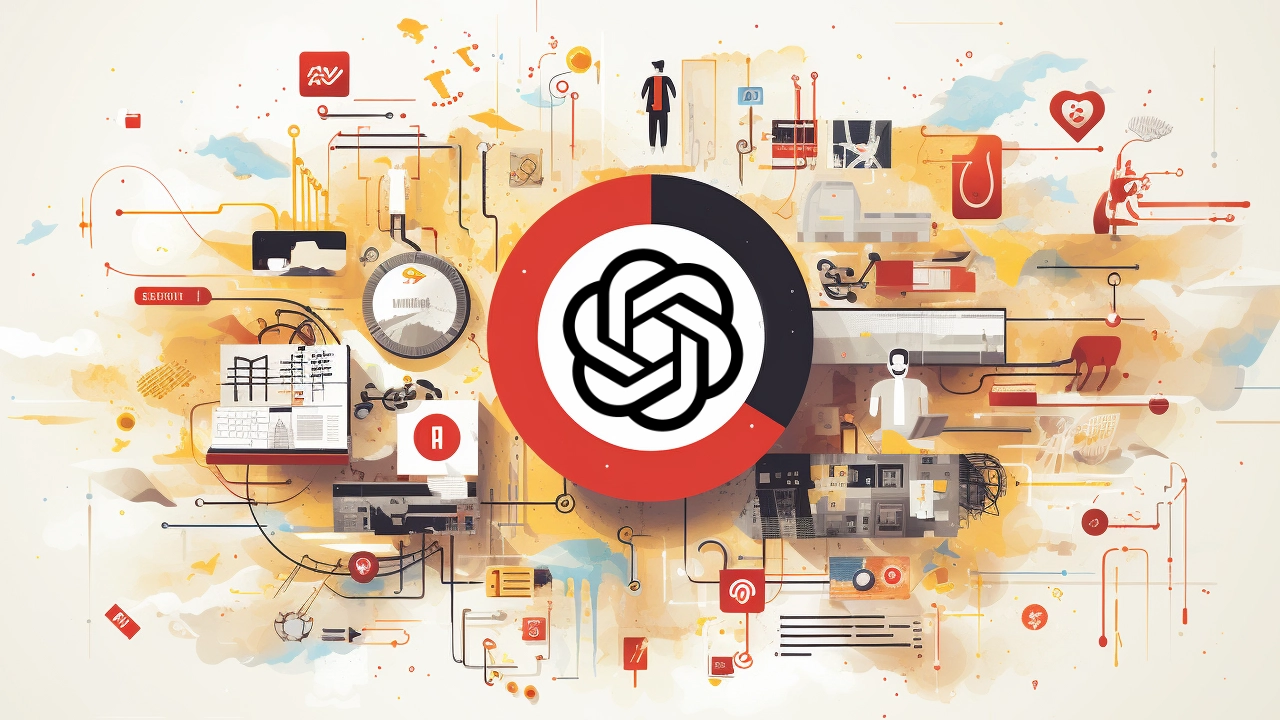[ad_1]
Khvicha Kvaratskhelia se estableció entre los principales delanteros de Europa durante su etapa en el Napoli.
Tiene contrato con el club italiano hasta junio de 2027, pero la falta de acción sobre un nuevo acuerdo ha alentado el interés de otros lados.
El Paris Saint-Germain emerge como uno de los principales contendientes, mientras que Kvaratskhelia también figura en la lista de objetivos potenciales para equipos como el Chelsea. El Liverpool es consciente de la situación, aunque está bien equipado en las zonas de ataque amplias. Luis Díaz, Cody Jacobo, Diogo Jota y Darwin Núñez pueden operar desde el lado izquierdo; La posición más efectiva de Kvaratskhelia.
Esto significa que podría ser necesario un cambio significativo para crear espacio para una incorporación como Kvaratskhelia, independientemente del interés del Napoli en Federico Chiesa, quien apenas ha aparecido desde su traslado al Liverpool procedente de la Juventus en agosto pasado.
El Napoli no tiene prisa por perder al jugador que marcó 30 goles y sumó 29 asistencias en 107 apariciones para el club y solo aceptará una venta por lo que consideran una tarifa razonable.
David Ornstein
¿Qué debo saber al respecto?
Las estadísticas pueden decir que los automóviles y el cobre son las mayores exportaciones de Georgia, pero estos economistas están equivocados. En los últimos años, las principales exportaciones de Georgia han sido el vino y la kvecsa kvaratskhelia, y existen más similitudes de las que cabría esperar.
El vino georgiano sorprende en su primer sabor. Delicioso, sin duda, pero diferente: el vino es más espeso y fragante, pero no vino. Cavarcellia comparte sus propias idiosincrasias: verlo es diferente a observar a la mayoría de los izquierdistas, pero de alguna manera es una experiencia más rica.
El jugador de 23 años tiene un físico más grande y fornido que sus homólogos y se caracteriza por su estilo de regate en línea recta. Sin embargo, son estos atributos, sumados a una gran habilidad técnica, los que obligan a los defensores a tomar decisiones tardías y apresuradas. Así que es lo suficientemente rápido, fuerte y hábil para ir en dirección contraria.
Otra rareza es su viaje, al que repetidamente se refiere en entrevistas como “difícil”: a la edad de 21 años jugaba en el club ruso de nivel medio Rubin Kazan, más cerca de Kazajstán que del estrellato.
Sin embargo, alcanzó estas alturas en un abrir y cerrar de ojos: después de ser descubierto por el Napoli, se convirtió en la estrella de la temporada 2022-23, con 12 goles y 13 asistencias en la liga que llevaron al equipo de Luciano Spalletti a su primer título de la Serie A en 33 años.
En su debut en la Liga de Campeones, desmanteló a su posible futuro compañero de equipo, el lateral derecho del Liverpool Trent Alexander-Arnold, en una victoria por 4-1 que consolidó su estatus como uno de los mejores talentos del fútbol europeo.
La ciudad le puso un nuevo apodo, tomado de su hijo mayor, el futbolista: “Cavaradonna”. Pronto la intelectualidad acuñó otro nombre: “Cavaraggio”.
En el Campeonato de Europa del verano pasado, los oponentes de Georgia sabían que Kvaratskhelia era el jugador clave. No importa. No pudieron detenerlo. Su gol contra Portugal y el héroe de la infancia, Cristiano Ronaldo, envió a Georgia a la fase eliminatoria de su primer gran torneo, con su músculo y su destreza floreciendo en lo que era un papel de agente libre.
“Lo que le ayuda a él, y probablemente a muchos jugadores de Georgia, es su mentalidad y su actitud”, dijo el asistente de Georgia, David Webb. Índice mundial de fútbol En octubre. “Es un chico humilde. Cuando está en el grupo, no se le ve inmediatamente como un jugador de primer nivel. Sí, se ve su calidad en los entrenamientos, pero fuera de eso, es sólo uno más.
Napoli tuvo problemas en la temporada 2023-24, pero Kvaratskhelia ayudó al equipo de Antonio Conte a regresar a la cima de la Serie A. Después de haber registrado cinco goles y tres asistencias esta temporada, continúa produciendo, pero podría decirse que es menos importante que antes para el sistema de Conte. Luciano Spalletti.
Jacob Whitehead
Cuéntame cómo juegas…
Kvaratskhelia llama la atención como un extremo explosivo, pero no es el tipo al que está acostumbrado el fútbol moderno. El internacional de Georgia tiene un aspecto físico más corpulento y no presume de velocidad. En cambio, su habilidad técnica es su mayor aliado, ya que su toque delicado atrae a los defensores en cuestión de segundos y los deja a su paso con un hábil juego de pies que actúa como la cuerda sobre la que sostiene el balón.
Las consistentes actuaciones de Kvaratskhelia para Napoli y Georgia muestran lo bien que trabaja en sistemas únicos, y esto permite que cualquier equipo que lo contrate agregue imprevisibilidad a la primera línea. Cuando tiene el balón en los pies, necesita poca ayuda de complejos arreglos tácticos y, a menudo, confía únicamente en su conjunto de habilidades y franqueza, cometiendo faltas, realizando centros precisos, pasando balones y disparando desviado a voluntad.

Desde el inicio de la temporada 2022-23, ningún delantero ha creado más oportunidades, ha intentado pases más exitosos o ha realizado más pases clave tras pases clave en la Serie A que Kvaratskhelia. Sólo Lautaro Martínez, del Inter de Milán, ha realizado más tiros en juego abierto, y sólo cinco jugadores han marcado más goles en juego abierto. Además, solo Martínez tuvo más posesión en el tercio de ataque, lo que indica el trabajo de Kvaratskhelia sin balón.
Un creador prolífico, un goleador constante y una presencia intimidante, pero el aspecto más aterrador de todo es que Kvaratskhelia tiene 23 años (cumplirá 24 en febrero) y recién comienza su carrera.
Anantajith Raguraman
[ad_2]
Source Article Link





